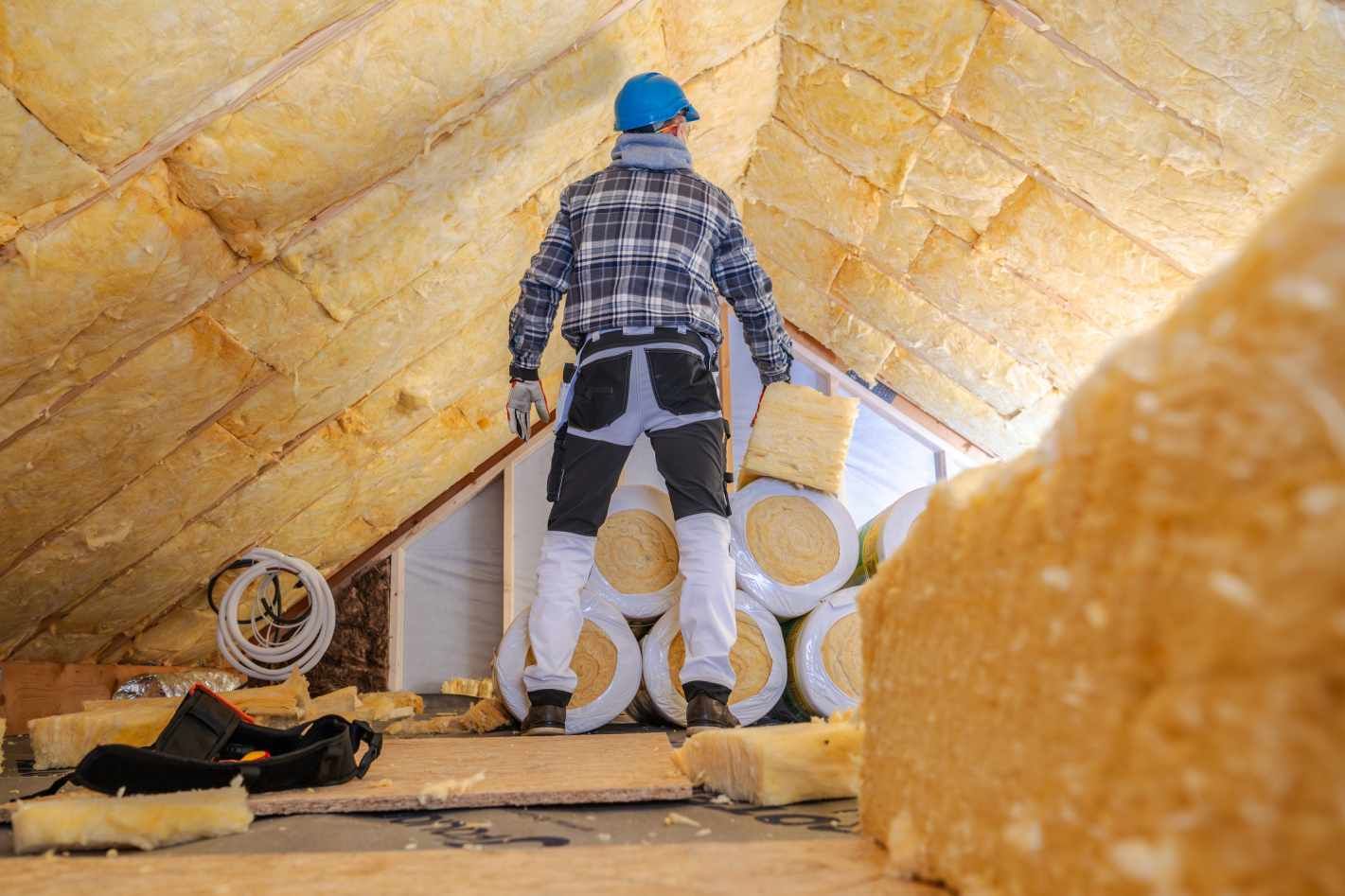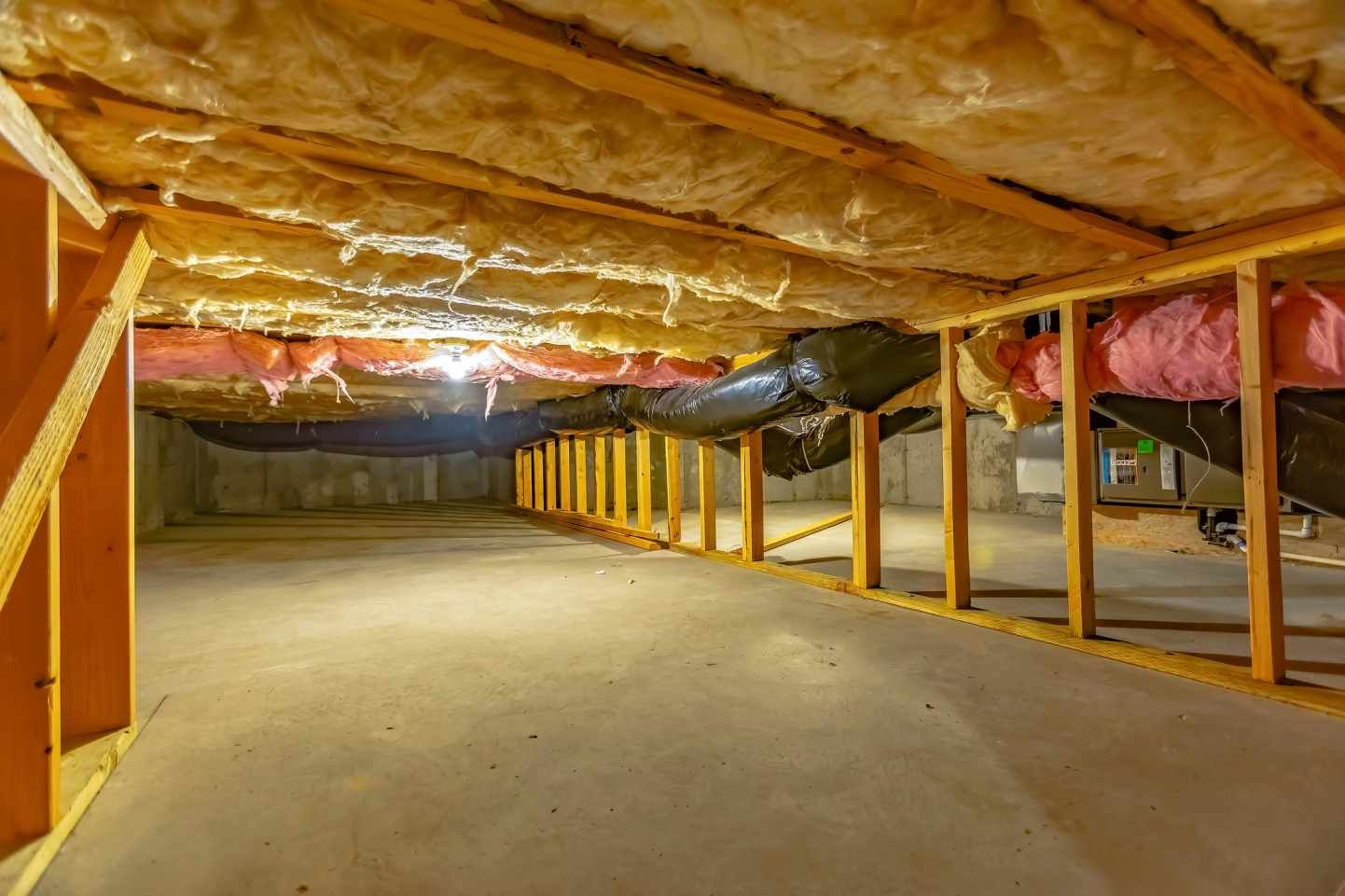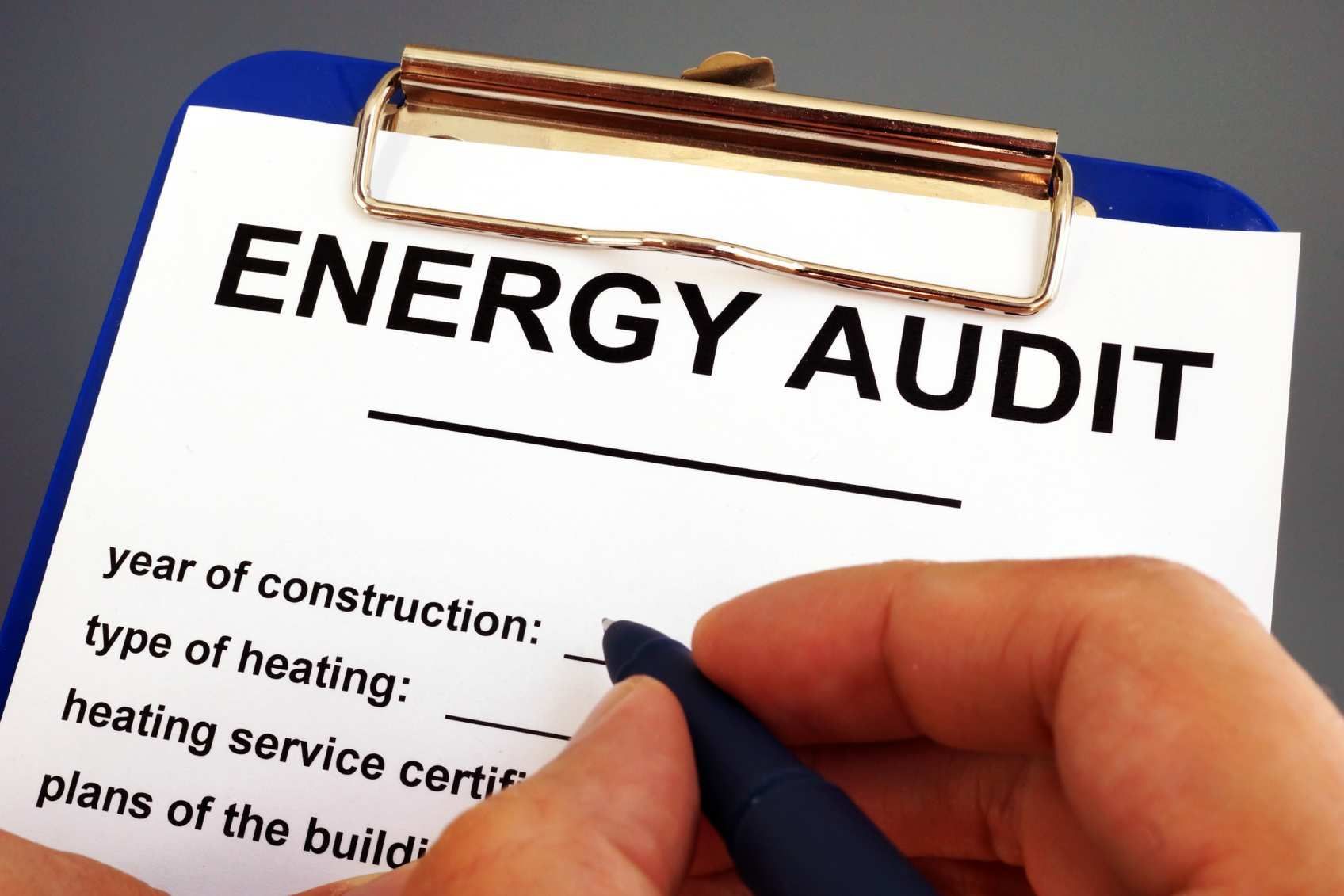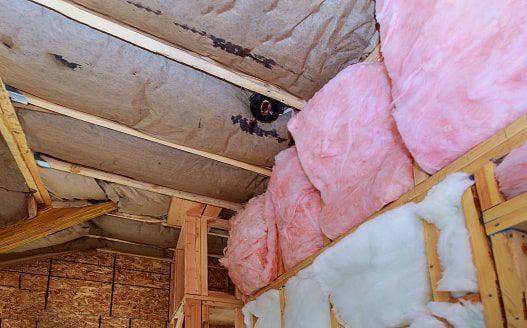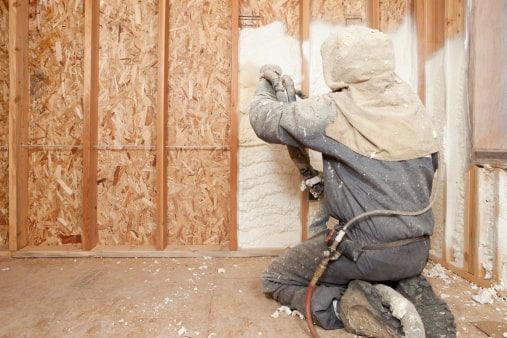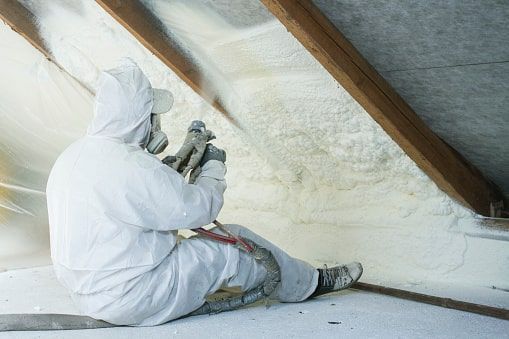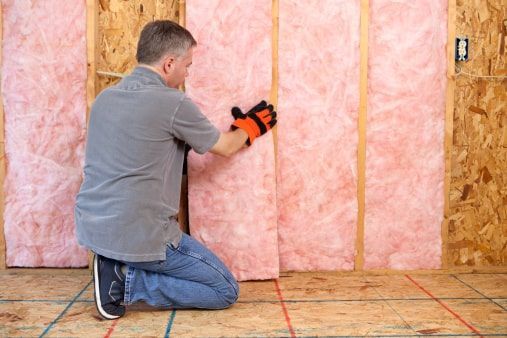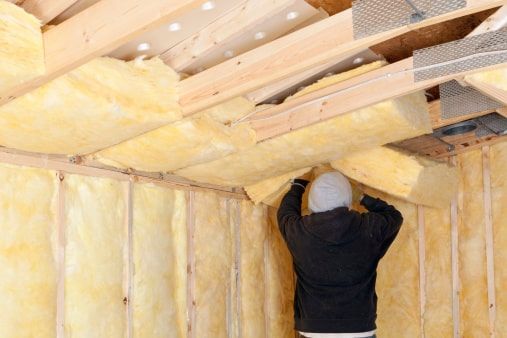Top Signs Your Home Is Under-Insulated
If your home never quite feels comfortable, insulation could be the missing piece. Poor insulation drives up energy costs as you fiddle with the thermostat in a vain attempt to find the ideal setting. It can also lead to other frustrating issues. If you spot any of these signs of poor insulation, it’s time to act.
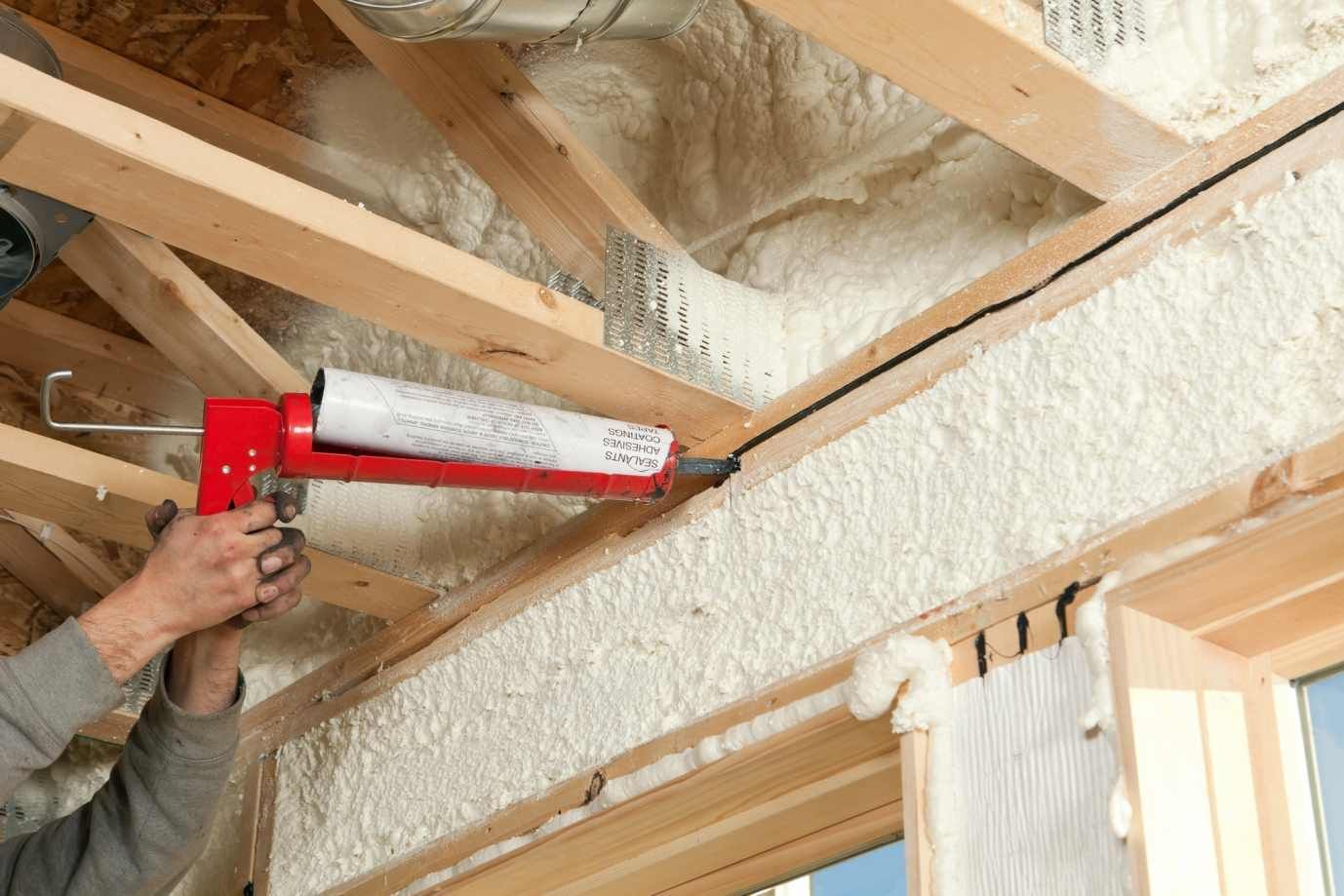
1. Inconsistent temperatures: Temperature variations from room to room may point to weak or missing insulation. If an interior room stays warm while a room on an exterior wall feels chilly, you can bet the heat is escaping.
2. High energy bills: A poorly insulated house is more expensive to heat and cool. The HVAC system works harder when outdoor air gets inside more easily. If your utility costs are significantly higher than your neighbors’ despite similar home sizes and thermostat settings, your insulation may be to blame.
3. Cold walls, floors, and ceilings: Here’s one way to tell if your house is well insulated—touch an exterior wall or stand barefoot on a floor above a crawl space. If it feels noticeably colder than interior spaces in the winter, your insulation likely isn’t doing its job.
4. Ice dams on the roof: Snow melting and refreezing as it reaches the edge creates icicles. While these are beautiful, the ice dam behind them can damage shingles and cause attic leaks. The primary cause of ice dams is a poorly insulated attic that lets heat escape from your living space and melt snow from the underside of the roof. Boosting attic insulation prevents this winter problem.
5. Pest infestations: Small gaps and weak insulation make it easier for mice and bugs to get inside. If you have a pest problem, damaged or poorly installed insulation may be partly to blame.
6. Frozen pipes: If your pipes freeze during a cold snap, poor insulation may have left them exposed. Pipes running through the attic, basement, or exterior walls need proper insulation to stay protected. Without it, frigid air seeps in and puts your plumbing at risk.
7. Noise infiltration: A well-insulated home is quieter. If it’s easy to hear outside traffic, neighbors, or airplanes, your walls and attic may be missing insulation.
8. Water leaks: If rainwater is getting inside, gaps around windows, rooflines, or attic vents may be to blame. When water seeps in, insulation can get soaked and lose its effectiveness. To fix this, you’ll need to seal the leaks and replace any wet or moldy insulation.
If these signs sound familiar, it’s time to look closer. A home energy audit can pinpoint where your house is losing energy and what improvements are needed. Adding insulation and sealing air leaks are the most effective ways to boost comfort, reduce energy bills, and protect your home.
Titanium Insulation has helped hundreds of Chicagoland homeowners fix their poorly insulated houses. We draw on years of experience recommending the best products and installing them in accordance with city regulations. Our handpicked team and passion for doing things right make us an insulation contractor you can trust. Contact us today to request an estimate in Greater Chicago.
